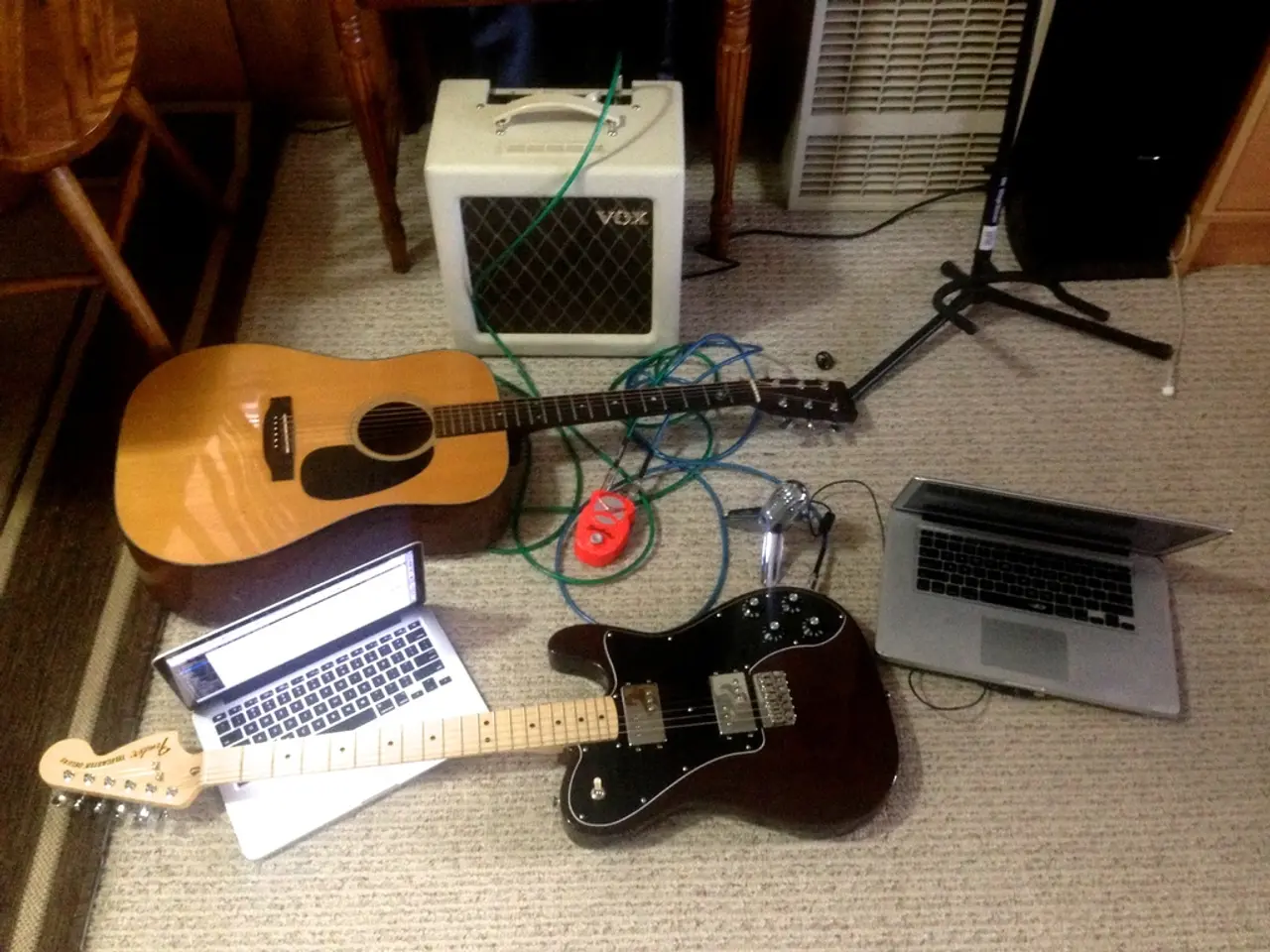Comparing Subwoofers: What's the Best Size - 15" or 18"?
When it comes to car audio systems, one of the most significant decisions is choosing between a 15-inch and an 18-inch subwoofer. Both options have their advantages and disadvantages, and the choice depends on factors such as space availability, desired bass intensity, music preference, and power budget.
15-inch Subwoofers
15-inch subwoofers offer a balance between deep bass output, sound accuracy, and manageable installation space. They are popular for car audio systems that want powerful bass without overwhelming size.
Advantages
- Compact Size: 15-inch subwoofers are more compact and easier to fit in many car trunks or custom enclosures.
- Balanced Sound: They provide a good blend of bass depth, punch, and sound accuracy suitable for various music styles.
- High SPL: With proper design and power, high-performance 15-inch models can achieve high SPL (sound pressure level), as seen in the Thermo 15” (1500 RMS watts, optimized for SPL).
- Transient Response: 15-inch subs often have better transient response, meaning faster, tighter bass.
- Power Demand: They require less power compared to 18-inch subs, making them easier to match with amplifiers.
Disadvantages
- Bass Extension: The bass extension is not as deep or powerful as 18-inch subs.
- Sophisticated Enclosures: For extreme SPL competition setups, 15-inch subs may require more sophisticated enclosure designs to avoid unloading at high volume.
18-inch Subwoofers
18-inch subwoofers typically produce much louder and deeper bass due to their larger cone surface area. However, they require significantly more space and power and may sacrifice some precision and speed in bass response.
Advantages
- Deep Bass: The larger cone area moves more air, producing deeper and louder bass which is ideal for genres like hip-hop, EDM, or bass-heavy music.
- Maximum Volume: They can create a more immersive "earth-shaking" bass experience.
- SPL Competitions: They are preferred choice for SPL competitions where maximum volume and bass depth dominate.
Disadvantages
- Size & Installation: An 18-inch subwoofer requires a substantially larger enclosure and more trunk space, which may not be practical for many vehicles.
- Power Demand: They have higher power demand and amplifier requirements.
- Transient Response: They tend to have slower transient response, leading to less accuracy and punch compared to smaller subs.
- Complex Installation: Installation is more complex, and enclosure design must be carefully managed to maintain sound quality.
Comparison Table
| Feature | 15-inch Subwoofer | 18-inch Subwoofer | |----------------------------|---------------------------------------------|----------------------------------------------| | Bass Depth & Loudness | Deep and loud, but less than 18-inch | Deeper, louder, and more powerful bass | | Size & Installation | More compact, fits typical car trunks | Very large enclosure needed, space-intensive | | Sound Accuracy/Speed | Generally tighter, faster bass response | Slower, less precise bass | | Power Requirements | Moderate power, easier to amplify | Higher power requirements | | Best For | Versatile music genres, SPL with smaller footprints | Maximum SPL, bass-heavy music, SPL contests |
In conclusion, the choice between 15-inch and 18-inch subwoofers depends on your specific needs and preferences. Larger subwoofers like the 18-inch variant excel with music genres that rely heavily on deep bass frequencies. If you love bass-heavy music or enjoy deep soundscapes, an 18-inch subwoofer may be worth the investment.
Larger rooms benefit more from an 18-inch subwoofer due to its extensive sound capabilities. A 15-inch subwoofer can be a better fit for compact setups while still offering impressive bass performance. Using a combination of a 15-inch and an 18-inch subwoofer can yield significant benefits for a tailored audio experience.
Understanding your amplifier's power output in relation to the subwoofer's specifications is vital to avoid potential loss of sound quality or damage to the speaker. A 15-inch subwoofer can still deliver robust bass but may not go as low as an 18-inch subwoofer. An 18-inch subwoofer generally produces deeper bass frequencies due to its larger cone moving more air. Smaller spaces may work better with a 15-inch subwoofer. The combined output of a 15-inch and 18-inch subwoofer can create a fuller sound spectrum. The 18-inch subwoofer requires more power to reach its full potential and may be more challenging to integrate into smaller spaces. Lastly, the cost difference between 15-inch and 18-inch subwoofers is generally higher due to the additional materials required for the larger cone and generally higher power handling.
- When considering home theater system gadgets, sound quality is a vital aspect to consider in choosing between '15-inch' and '18-inch' subwoofers. Both sizes offer unique advantages and disadvantages, with '15-inch' subwoofers being more compact yet delivering balanced sound and high SPL, while '18-inch' subwoofers produce deeper, louder bass, ideal for bass-heavy music and larger rooms.
- In the realm of technology, '15-inch' subwoofers provide an attractive option thanks to their manageable size, good bass depth and punch, and easier power demands, making them suitable for various music preferences and even versatile Home Theatre setups. In contrast, '18-inch' subwoofers offer greater power and intense bass delivery, catering to those who desire a more immersive experience, particularly for genres such as hip-hop, EDM, or bass-heavy music.




